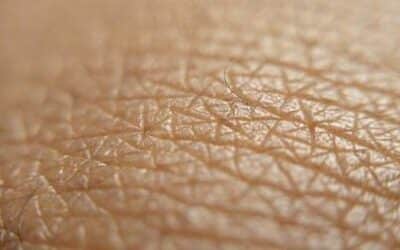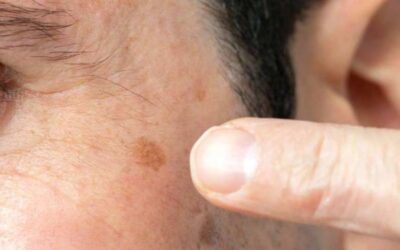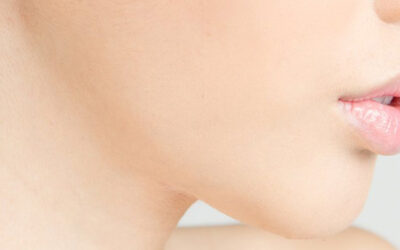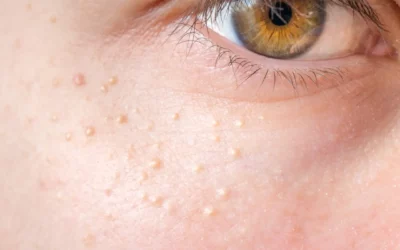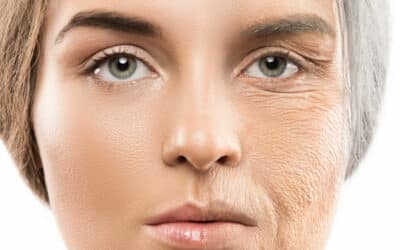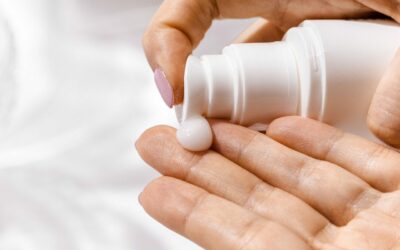The Peel You are Having When You are Not Having a Peel
It is that time of the year again when our skin is letting us know the summer has been a little unkind. The telltale signs of hyperpigmentation are quite apparent on our skin. One of the most effective ways to deal with this discolouration, skin dryness and skin renewal is with the in-clinic treatment using a peel. Peels are available in various strengths and cocktail formulations, and the one that is suitable for you will be dependent upon the skin condition being treated. A peel is a skin rejuvenation technique involving the application of either enzymes, chemicals, herbs, or a cocktail of all of the above. The idea behind a peel is to remove the damaged outer layers of dry, discoloured and coarse skin from the skin’s surface. When the peel is performed, the regenerative process of the skin is stimulated. The result revealed a marked improvement in skin conditions such as fine lines and wrinkles, texture and tone of the skin, lightening and brightening the skin, increased blood circulation, softening scar tissue, strengthening the integrity of the skin, stimulating fibroblast cells resulting in new cell formation, hydration, reduction of pore size, clearing of blemishes, more balanced oil production and an overall healthier appearance of the skin. There are 4 main types of peel intensity when carried out in the clinical treatment room.
- 1. Progressive- this peel does not usually cause visible exfoliation. There may be superficial dryness for a few days post-procedure and then the skin will look refreshed and radiant and can be carried out as a standalone treatment or it can be used in conjunction with treatments such as microdermabrasion. This mild peel can be carried out every 1-2 weeks for 3-6 treatments.
- 2. Mid-depth – exfoliation with this peel usually occurs within 3- 5 days post-procedure. This level of peel will usually turn brown before a gentle flake occurs. This rejuvenation technique may be performed monthly.
- 3. Deep – the skin undergoes considerable peeling, almost like a snake shedding its skin. Two of the better-known deep peels are Cosmelan and the Deep Herbal Peel. The entire process can take 7-10 days and is usually repeated 3 times a year depending on what skin condition is being treated.
- 4. Biochemical Peel –The peel you are having when you are not having a peel. This is the new kid on the block from Spain. With this avant-garde technique, there is no downtime, no pain, no heat and no peeling.
The Biochemical peel incorporates active ingredients in its formulas with an effectiveness that has been proven by dermatological science. Using a cocktail of acid ingredients such as salicylic, lactic, malic, pyruvic, azelaic, mandelic, phytic, ferulic, hyaluronic, pure glycolic, citric, kojic and tranexamic, the outcome is nothing short of miraculous. These ingredients are not new in the peeling arena, the difference being the percentage, pH and layering technique. Factors required to be reviewed prior to having a peel include
- 1. Home care and the skin preparation undertaken at least 2 weeks prior to treatment
- 2. Skin reactivity, thickness and oiliness
- 3. The time of the year and the intensity of the sun
- 4. Your general health including autoimmune disorders
- 5. The Fitzpatrick skin type – a guideline devised to determine how the skin might respond to a peel
- 6. The Glogau classification is also known as the wrinkle scale of photoaging. This will assist in determining the severity of sun damage in the form of discolouration and wrinkles.
Peels stimulate the formation of new healthier cells providing a revival to the complexion. No Matter your skin concern, the fact there are numerous peels and techniques you can be assured there is one that is just right for the result you want to achieve. Peel, and lift the veil your skin has been hiding under.

